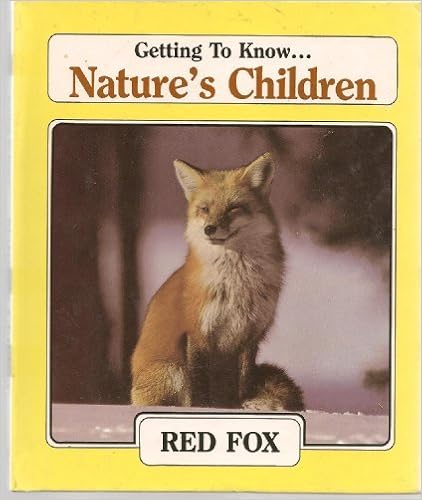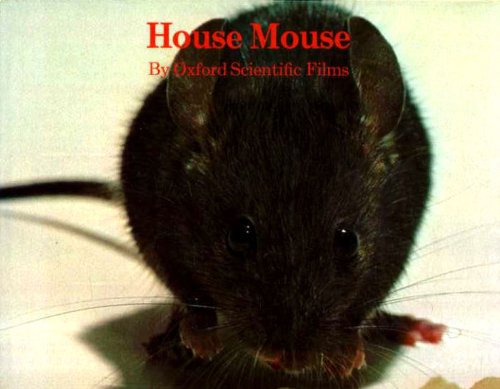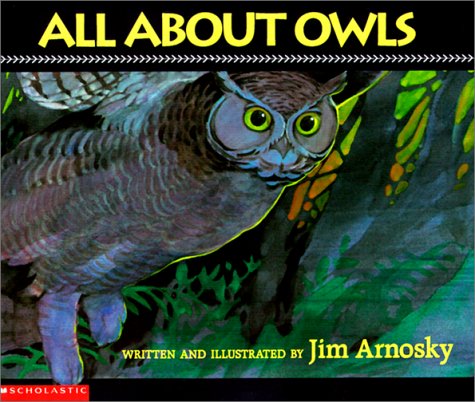
SUPER3 SONG by the Dandylions (2009) (Sung to the tune of B-I-N-G-O)
When I need to do research, I have three steps to help me. Plan, Do, and Review ,
Plan, Do, and Review, Plan, Do, and Review, It's called the Super3™.
 The Fox
by
Introduces the physical characteristics, habits, and behavior of foxes and explains how they hunt for food and raise their young.
The Fox
by
Introduces the physical characteristics, habits, and behavior of foxes and explains how they hunt for food and raise their young.
 Red Fox
by
Red Fox
by
 House Mouse
House Mouse
 All About Owls
by
All About Owls
by